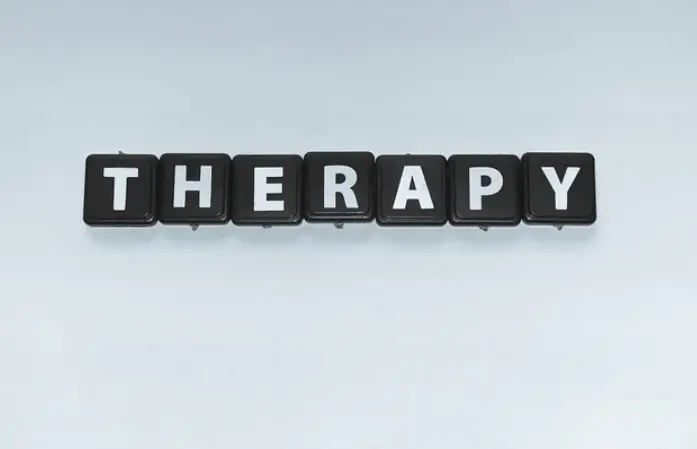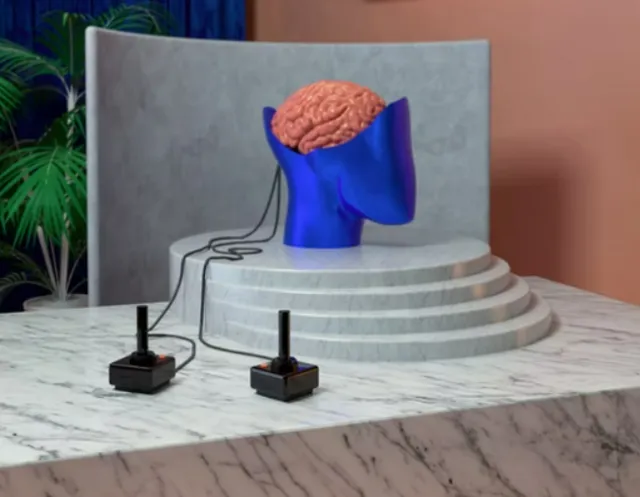Repetitive Transcranial Magnetic Stimulation (rTMS) and Electroconvulsive Therapy (ECT) are two forms of therapy that can be used to treat a range of mental health conditions.
These two types of therapy are much different to more traditional talking therapies. While talking therapies involve a therapist and patient working through problems by speech, rTMS and ECT focus on targeting the brain directly.
rTMS and ECT are often seen as rather “radical” approaches to treating mental health, but they can prove effective. They both involve pulses being sent to the brain.
Due to their similarity, many people wonder how these two treatments differ, and which is the more effective. We take a look at this in this article.

What is rTMS?
Repetitive Transcranial Magnetic Stimulation (rTMS): Repetitive transcranial magnetic stimulation (rTMS) is a type of therapy that can be used to treat an array of mental health conditions. The therapy involves a trained therapist using a magnet in order to apply multiple magnetic pulses to the areas of the brain which are believed to be responsible for the regulation of mood and emotions – called neurotransmitters. In theory, the higher the level of these neurotransmitters, the better mood and emotions become. It is very rarely used as a first line treatment, but if someone has little success in lessening their symptoms with a range of other treatments, then rTMS may be used.
What is ECT?
Electroconvulsive Therapy (ECT): Electroconvulsive Therapy (commonly referred to as shock treatment) is a treatment that sees an electric current sent through the brain of an individual. The aim is to trigger an epileptic seizure, with the ultimate objective to relieve symptoms of a mental health problem. The human body is fully restrained during the procedure, which also involves a general anaesthetic. Electroconvulsive therapy is normally a last resort. Despite this, ECT actually has an impressive efficacy rate, with many people finding it helps immeasurably.
Similarities
Both rTMS and ECT involve stimulating the brain, albeit in different ways. These two therapies are among the only mainstream forms of therapy that stimulate the brain.
rTMS and ECT are also not typically used as a first line of treatment. In fact, both should only ever be used when other interventions have failed to work. ECT especially is seen as a “last resort” for some.
rTMS and ECT also treat similar conditions. For instance, those with Depression, trauma-related conditions, Bipolar Disorder and Schizophrenia are just some of the conditions that can benefit from bot rTMS and ECT.
Differences
Both rTMS and ECT involves the brain being stimulated, but the way they are carried out is very different. For instance, anyone undergoing ECT will be given an anaesthetic to protect them from pain, as well as a muscle relaxant to control any jerking movements. However, rTMS does not involve any sedation.
rTMS and ECT also target different parts of the brain. rTMS is much more targeted, and has an ability to only reach a certain part of the brain, dependent on where the rTMS coil is held. ECT however is not capable of being so targeted, and instead treats various parts of the brain.
For when a person is in need of emergency mental health treatment, ECT may sometimes be used. ECT can often provide immediate relief from those in a suicidal state or those in a catatonic state.
Which is more effective: ECT or rTMS?
In terms of effectiveness, there isn’t too much to separate ECT and rTMS. Individually, they both appear to be effective, and many people derive benefit from these therapies.
Many studies have found that both ECT and rTMS are effective in the management of multiple mental health conditions, especially cases of treatment-resistant depression and trauma-related conditions too.
However, in terms of studies that have reviewed and pitted both treatments against one another, ECT has proven to be deemed more effective. Two studies reviewed how ECT and rTMS affected those with Depression. Both studies found that ECT had a better impact on those with Depression compared to rTMS [1][2].
Summary
Both rTMS and ECT have the potential to be very effective treatments for a range of mental health conditions. For those that choose to undergo either, the chances are that they will see some improvement in their symptoms.
Ultimately, these different types of treatment are normally used for specific circumstances. Both can be effective, with the aim for both conditions to lead to a reduction in symptoms.
See Also
- Therapy Home
- Everything You Need To Know About Talking Therapy
- FAQ’s About Talking Therapy
- Electroconvulsive Therapy: Everything You Need to Know
- The Advantages and Disadvantages of Electroconvulsive Therapy
- 8 Things You Should Know About Electroconvulsive Therapy
- Peggy Salters: A Victim of Electroconvulsive Therapy
- Why is Electroconvulsive Therapy so Controversial?
- The Situations Where A Person Can’t Consent to Electroconvulsive Therapy
- The Short and Long Term Side Effects of Electroconvulsive Therapy
- How Do Electroconvulsive Therapy Sessions Work?
- Deciding Whether Or Not To Have Electroconvulsive Therapy
- How Do Repetitive Transcranial Magnetic Stimulation (rTMS) and Electroconvulsive Therapy (ECT) Compare?
- Repetitive Transcranial Magnetic Stimulation: Everything You Need to Know
- The Advantages and Disadvantages of Repetitive Transcranial Magnetic Stimulation
- 8 Things You Should Know About Repetitive Transcranial Magnetic Stimulation
- What Are The Side Effects of Repetitive Transcranial Magnetic Stimulation (rTMS)?
- How Effective is Repetitive Transcranial Magnetic Stimulation (rTMS)?
- Is Repetitive Transcranial Magnetic Stimulation (rTMS) Safe?
- How Do Repetitive Transcranial Magnetic Stimulation (rTMS) and Electroconvulsive Therapy (ECT) Compare?
Disclaimer
This website should be used purely for informational purposes, and does not intend to, nor should it ever, be used as a replacement for professional medical advice.
We strive to keep all of our pages updated, and ensure that our website is full of factual and in-depth information. However, we encourage you to browse this website with care.
As a reminder, this website and all content within it cannot and should not replace the advice of a trained medical professional. You can read our full disclaimer at this link.
Helplines
If you are struggling with your mental health, help is available. With the right support and treatment, you can make a recovery. For information on helplines, or if you are in a state of crisis, please visit our crisis page by clicking on the relevant link for your geographical location (United Kingdom), (United States), (International). You can also see how to get mental health treatment and the process involved by clicking this link.
References
[1] Berlim, M., Van den Eynde, F. & Daskalakis, Z. (2013). Efficacy and acceptability of high frequency repetitive transcranial magnetic stimulation (rTMS) versus electroconvulsive therapy (ECT) for major depression: a systematic review and meta-analysis. Depression and Anxiety. 30 (1): p614-623.
[2] Ren, J., Li, H. & Palaniyappan, L. (2014). Repetitive transcranial magnetic stimulation versus electroconvulsive therapy for major depression: a systematic review and meta-analysis. Progress in Neuro-Psychopharmacology & Biological Psychiatry. 51 (1): p181-189.
































